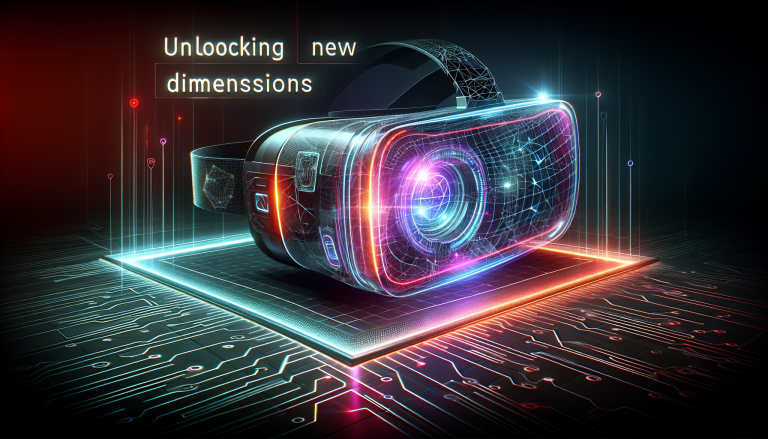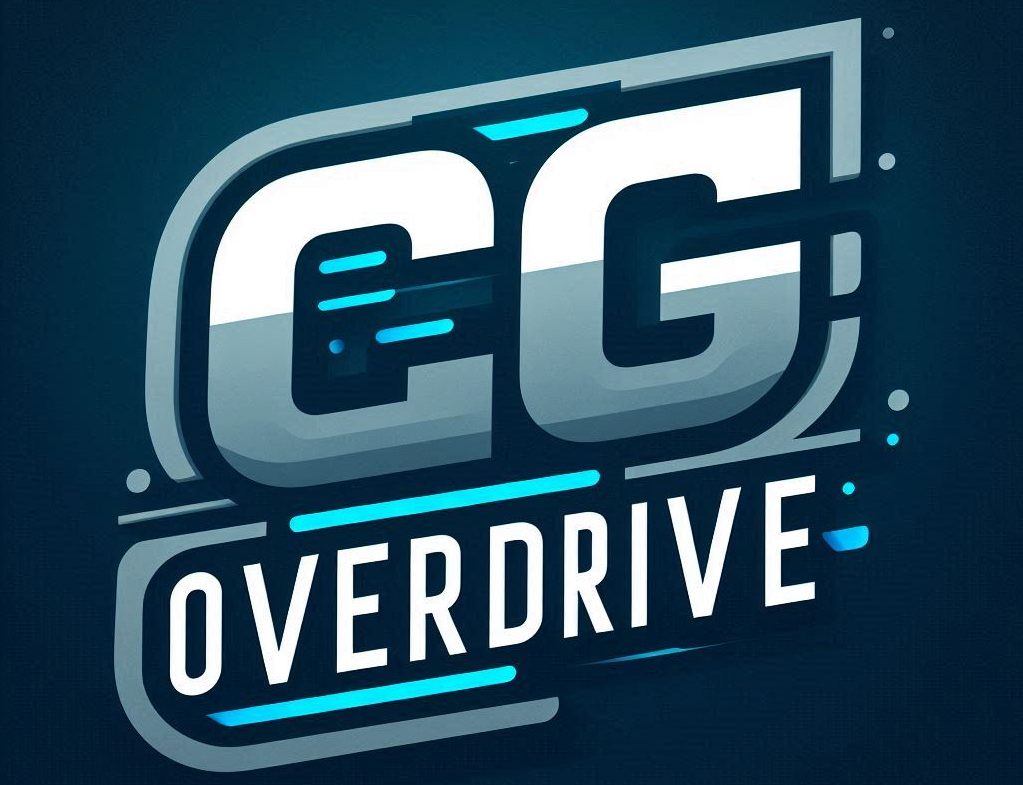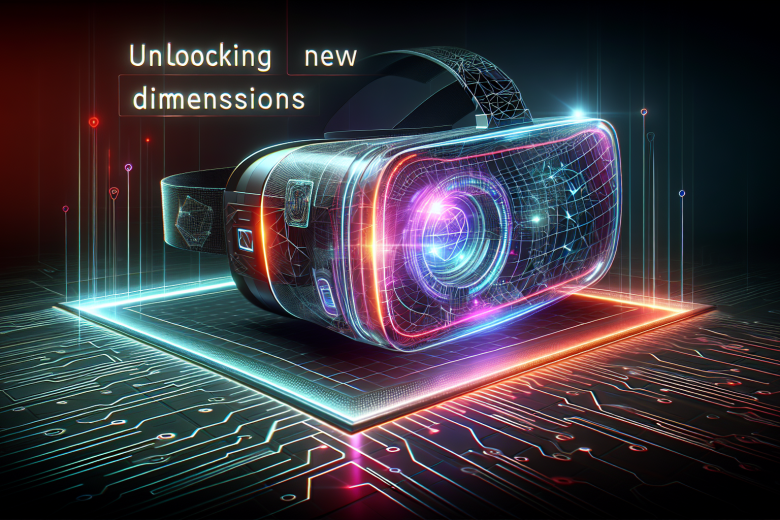Unlocking the Future: The Role of Virtual Reality in Revolutionizing Computer Graphics
Virtual Reality (VR) stands as one of the most transformative innovations propelling the computer graphics (CG) industry into uncharted territories. Far beyond the realm of immersive gaming or gimmicky experiences, VR reshapes how creators construct, visualize, and interact with digital worlds, melding technology and artistry in unprecedented ways. For professionals and enthusiasts diving into VR, understanding its core impact on CG and practical strategies to harness its full potential is crucial.
Why Virtual Reality Matters to the Computer Graphics Industry
The significance of VR within CG cannot be overstated. Unlike traditional media, VR demands real-time rendering of lifelike environments viewed from a first-person perspective, requiring cutting-edge graphical fidelity and optimized computational models. This fusion pushes the boundaries of:
– **Rendering Techniques**: Physically based rendering (PBR) and advanced shading models optimize realism essential for immersion.
– **Spatial Awareness**: VR designs require precise 3D spatial representations to align visuals with head tracking and motion.
– **Interactivity**: User-driven narrative and environment manipulation necessitate robust and flexible graphics engines.
From architectural visualization to medical training simulations and entertainment, VR catalyzes a new era where computer graphics become fully immersive experiences rather than passive viewing.
Core Technical Challenges and Solutions in VR Computer Graphics
Developing VR content entails overcoming distinct graphical hurdles. These challenges demand tailored solutions that integrate software innovation and hardware advancement.
| Challenge | Description | Practical Solutions |
|——————————|—————————————————————————-|————————————————————–|
| Low Latency Requirements | VR demands latency below 20ms to prevent motion sickness | Optimize rendering pipelines; employ asynchronous reprojection techniques |
| High Frame Rate | A smooth experience requires 90+ FPS, doubling standard gaming frame rates | Use multi-resolution shading; implement foveated rendering leveraging eye tracking |
| Rendering Stereoscopic Views | Two simultaneous views for each eye double rendering workload | Shared geometry buffers; single-pass stereo rendering |
| Managing Limited Hardware | VR hardware has strict power and thermal limits | Utilize level of detail (LOD) algorithms; optimize shader complexity|
| Realistic Lighting and Shadows| Real-time global illumination is computationally expensive | Hybrid rendering approaches; precomputed lighting caches |
These solutions represent a blend of algorithmic finesse and engineering pragmatism, empowering developers to push VR’s visual boundaries while maintaining performance.
Practical Advice for Creating Cutting-Edge VR Content in CG
Creating compelling VR content isn’t just about flashy graphics; it’s about crafting an experience that harmonizes technical execution with user immersion. Here are actionable strategies:
1. **Embrace Physically Based Rendering (PBR)**

PBR brings realism that translates naturally within VR’s 3D environments. Invest in materials that accurately simulate light interaction, ensuring objects respond authentically when viewed from any angle.
2. **Optimize for Performance from Day One**
Unlike traditional CG workflows, VR demands continuous performance monitoring. Employ tools for profiling GPU and CPU workloads and adopt iterative optimization practices throughout development.
3. **Design for Comfort and Accessibility**
Consider user ergonomics by minimizing motion sickness triggers: avoid sudden accelerations, maintain consistent horizon lines, and provide multiple locomotion options.
4. **Leverage Modular Assets**
Use modular and reusable assets to reduce memory footprint and streamline scene assembly, which also facilitates rapid iteration and scalability.
5. **Harness Real-time Physics and Animation**
Integrating real-time physics enhances interactivity and immersion. Physics-driven models react naturally, increasing presence and believability.
6. **Integrate User Input Intuitively**
Develop interfaces that leverage hand tracking, haptics, and voice controls, breaking the conventional mouse-and-keyboard paradigm.
Virtual Reality Development Frameworks and Tools in Computer Graphics
Navigating the VR development landscape involves selecting robust tools tailored to CG’s intricate demands. Here’s a concise comparison to guide selection:
| Tool/Framework | Strengths | Ideal Use-Cases | Supported Platforms |
|———————-|————————————|———————————-|——————————-|
| Unreal Engine | Photorealistic rendering, Blueprints system | High-end VR games, architectural visualization | Oculus, HTC Vive, PSVR |
| Unity3D | Flexibility, large asset store | Indie development, prototype VR experiences | Wide VR hardware support |
| OpenXR | Cross-platform VR API | Hardware-agnostic applications | Multiple VR headsets |
| WebXR | Browser-based VR experiences | Lightweight, accessible VR apps | WebVR compatible browsers |
| NVIDIA IndeX | Scientific visualization and large datasets | Complex simulations | GPUs with CUDA support |
Choosing the right platform impacts the capability envelope dramatically—from rendering quality to interaction modalities and deployment ease.
Expert Insights: Shaping VR’s Visual Storytelling Potential
“Virtual Reality is not just a new medium—it’s a new language,” says pioneering VR director Nonny de la Peña. This aphorism underscores VR’s paradigm shift in storytelling enabled by computer graphics. Storytelling in VR is non-linear, user-driven, and spatially grounded—qualities that demand a deep understanding of CG principles fused with narrative design.
– Use spatial audio and environmental cues alongside visuals to guide attention.
– Design environments that respond dynamically to user presence.
– Create narrative beats that reward exploration, balancing scripted events with player freedom.
By considering these principles, creators unlock VR’s full expressive power, elevating computer graphics from mere visuals to immersive story vessels.
Future Trends: The Next Horizon for VR in Computer Graphics
The evolution of VR is at a thrilling inflection point linked to advancement in several CG disciplines:
– **AI-enhanced Graphics**: Machine learning models accelerate texture creation, animation rigging, and predictive rendering.
– **Ray Tracing in Real Time**: Hardware innovations like NVIDIA RTX and AMD’s RDNA drive real-time ray tracing closer to consumer-grade VR.
– **Haptic Feedback Integration**: Enhanced tactile immersion tools create new dimensions of sensory input that correlate tightly with graphical realism.
– **Cloud and Edge Computing**: Offloading heavy CG calculations to cloud infrastructure promises untethered, high-fidelity VR experiences on lightweight devices.
– **Mixed Reality Convergence**: Blurring the boundaries of VR and AR opens fresh opportunities for hybrid interactions grounded in CG technologies.
Staying ahead requires a proactive approach to incorporate these trends early, experimenting fearlessly and iterating rapidly.
Empowering Creators: A Roadmap to Master Virtual Reality in CG
For CG professionals and enthusiasts eager to lead the VR charge, a strategic roadmap offers clear milestones:
– **Build a solid foundation in 3D modeling and real-time rendering**. Platforms like Blender and Substance Painter offer accessible entry points.
– **Master VR SDKs and game engines**. Invest time in Unity and Unreal Engine VR modules.
– **Experiment with optimization techniques** tailored for VR’s demanding performance budgets.
– **Participate in VR communities and hackathons** to share knowledge and gain feedback.
– **Stay informed on hardware innovations** to understand how new devices influence CG workflows.
– **Cultivate narrative design skills** centered on immersion and interactivity.
By integrating technical mastery with creative innovation, you position yourself at the nexus of computer graphics evolution and Virtual Reality’s burgeoning landscape.
Final Thought: Virtual Reality as a Catalyst for Computer Graphics Innovation
Virtual Reality is the crucible where computer graphics expand beyond pixels and polygons into multi-sensory, immersive realities. For CG artists, developers, and storytellers, VR is not just another tool—it’s a revolutionary platform that challenges conventions and invites bold experimentation.
Harnessing VR’s full potential means mastering the intricate balance between artistry and technology, enhancing graphical fidelity while delivering seamless, user-centric experiences. As this frontier unfolds, the CG industry will thrive on creators daring to envision and build new worlds that blur the line between the virtual and the real.

